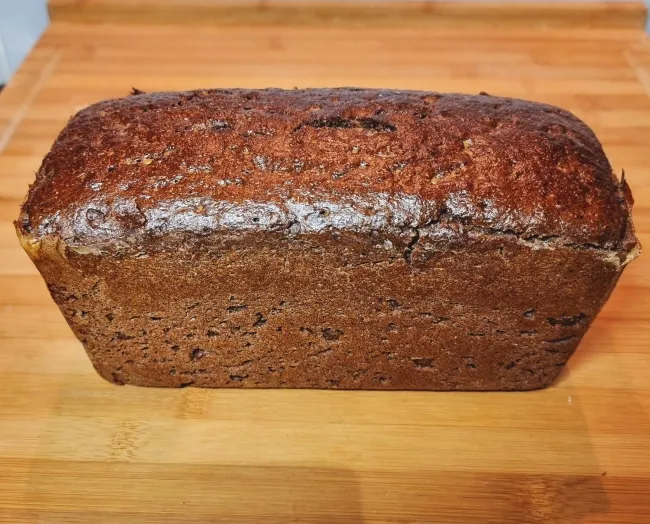Bigabiga Bread
Not a misprint, but I thought why not use two bigas? One yeasted for loft, one SD for flavour. Both in the same tub, to save space and washing up. So that's how it went!
Both bigas made in the kenwood with K beater. I refreshed my SD starter prior to use at 100% to make mxing it into the biga easier.
Overall dough hydration was 69%.
